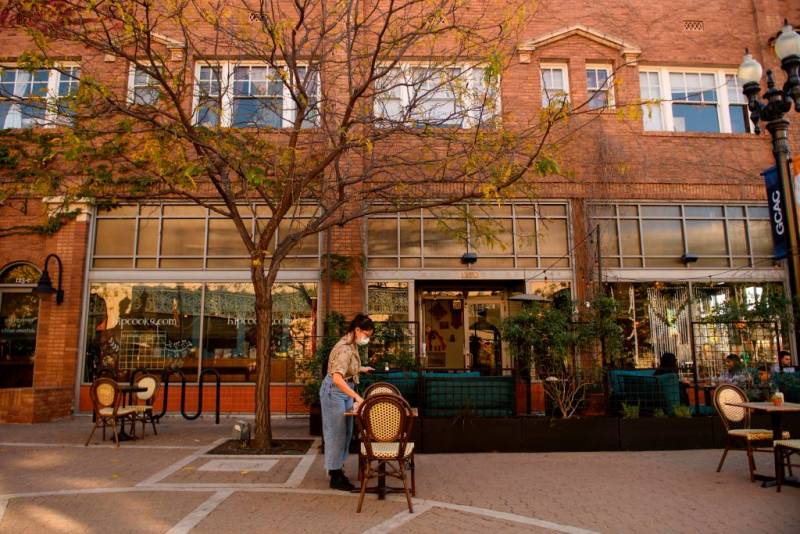ICU hospitalization rates vary by county and region, he said, and are of greater concern than overall hospital capacity.
"Bottom line is we are looking at intensive care unit capacity as the primary trigger for deeper, more restrictive actions," Ghaly said.
By the second half of December, California "could be pushing the limits in some areas," he said, adding that "we want to act sooner than that so we can get transmission down and we can handle those potential high ICU surges."
As coronavirus cases surge, another six counties — including San Francisco and San Mateo — were moved into the purple tier over the weekend. The state's total number of cases since March has topped 1.2 million, and the death toll from the virus is now more than 19,100.
California, Newsom noted, is currently faring better than most other states in terms of infection rates, ranking 39th lowest, with 34.5 cases per 100,000.
"But that said, the alarming concern — not just for our state, but you're seeing this in other states — is the rate of growth," he said.
Newsom reinforced that these potential new measures were not inevitable, and could be avoided if people step up their vigilance.
"This is in the absence of making better decisions," he said. "If we just sit back and we are bystanders at this moment and we don't subsequently improve upon our existing efforts, this is what we project might occur."
Additionally, Newsom said California expects to receive by mid-December about 327,000 doses of the COVID-19 vaccine produced by drugmaker Pfizer, and said his office would release a detailed distribution plan later this week to determine who gets the first round. That vaccine, which has shown to be 95% effective in preventing new infections, requires two doses, and must be stored at extremely low temperatures — far below the capability of standard freezers.

